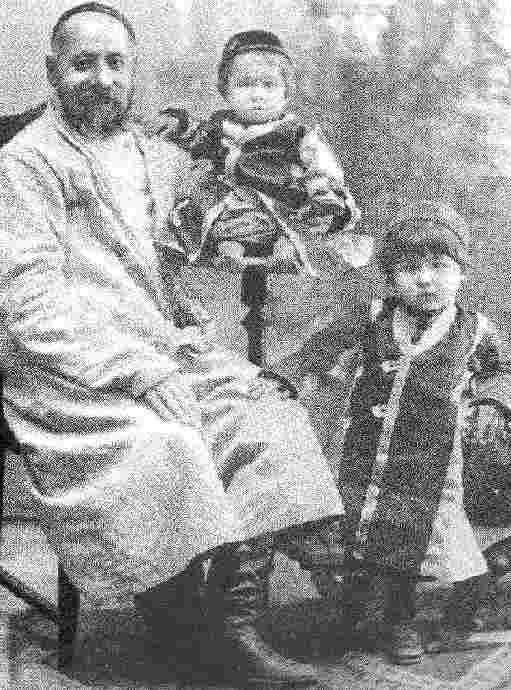
Figure 1.--Here is Aini with his his two boys who are dressed in traditional outfits in 1929. Click on the image to see a family photograph with his wife taken a few years later about 1933 Bill . |

|
One of Tajikistan's most important writers is Aini Sadriddin (1878-1954). He got into trouble for speaking Tajik. The Emir had him whipped within an inch of his life. Then he was thrown into prison. The Soviets were making Tajikistan into a Socialist state (about 1924). They overthrew the Emir of Bakhara. Aini was released from prison and from then on supported Soviet Ideaology and wrote books about the despotic times of the reign of the Emirs. We do not have chilhood portraits of Sdriddin, but we have some of his family. Here is a photograph of Aini and his children. It was taken 5 March 1929. Soviet Tajikistan was then 5 years old. The new city was Dushanbe and a building programme was in full development. Communist German architecs had designed many impotant government buildings which were then being built.
Aini and his children are dressed in traditional Central Asian clothes.
Aini was born in 1878. He was from peasant stock. Thus we know of not childhood portraits. His parents died when he was 12 so the orphan Aini went to live in Bukhara.
Aini thought it was the centre of learning and the fine arts. He soon learnt otherwise. In his writings, Sdriddin paints a very dark picture. I'm unsure how accurate this was and to what extent it was Soviet propaganda. He describes a very autocratic backward place. To do anything that was seen to be against the Emirship was punished by flogging and even death. The Manquit Dynasty had gangs of assissins who patrolled the streets and murdered those the Emir considered his enemies. Aini wrote about these death squods in his novel Bukhara Executioners. The favoured killing method was to cut the throat of the victims. First the victim was placed over a drain so that the ground was not left blood stained. There is a picture showing this type of execution. One has to put this in perspective of the much larger number of people killed under Soviet rule, especially during the Stalinist era. The Emirate was ruled by the Manquit dynasty. The spoke ??? and considered Tajik a dead language and did not want it uttered. I understand that Aini and other Tajiks living in Bukhara held literary meetings in which Tajik poetry and songs were celebrated. Aini got into trouble for speaking Tajik. The Emir had him whipped within an inch of his life. Then he was thrown into prison. There are horrible photographs showing his back after the flogging. He was then thrown into a cell and left to his fate. The dusty floor and infectioned wounds would do the rest.
After the Revolution and Civil Wars, the Soviets turned their attentiin to central Asia. They began setting up Soviet Governments in central Asia (about 1924). Soviet authorities descided to make Tajikistan a Soviet Republic. They attacked the Emir's forces and a bloody battle occurred at Hissor in which the fort there was flattened. The Manquit Dynasty fell. Aini was one who the Soviets realeased from jail. From then on he supported Soviet Ideaology and wrote books about the despotic times of the reign of the Emirs. I am unsure how Tajik culture and language fared under Soviet rule. Sadriddin would have, of course, not been able to criticize Soviet policies. We do not know how his personal opinions were affected by the Stalist terror. Solzhenitsyn does not mention Tajikistan in The Gulag Archipelago abnd barely mentions centrl asia in general.
One of Tajikistan's most important writers is Aini Sadriddin. He wrote vivid accounts of life under the Emir.
We do not have chilhood portraits of Sdriddin, but we have some of his family. Here is a photograph of Aini and his children. It was taken 5 March 1929. Soviet Tajikistan was then 5 years old. The new city was Dushanbe and a building programme was in full development. Communist German architecs had designed many impotant government buildings which were then being built.
Aini and his children are dressed in traditional Central Asian clothes.
